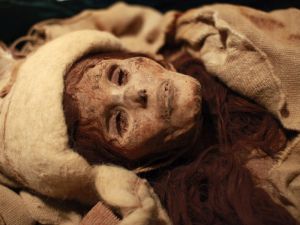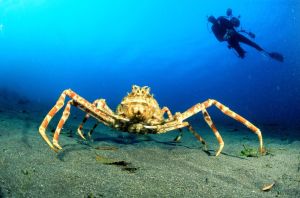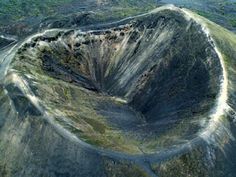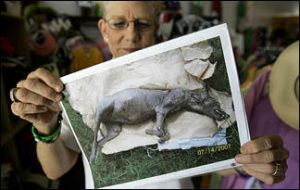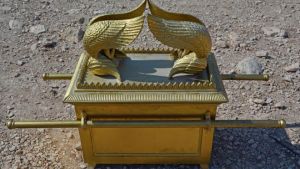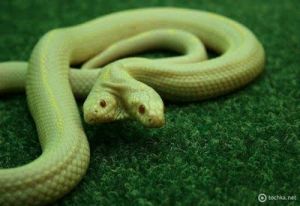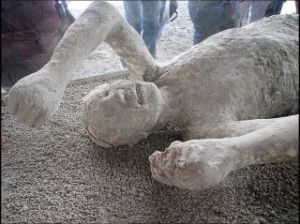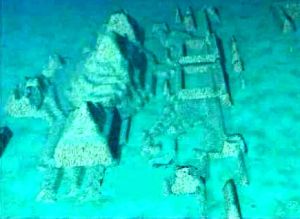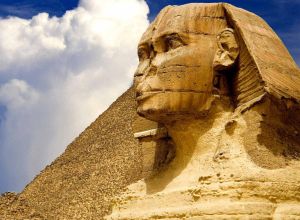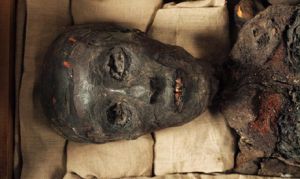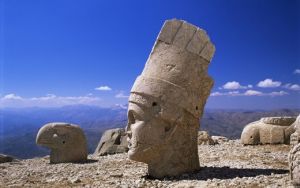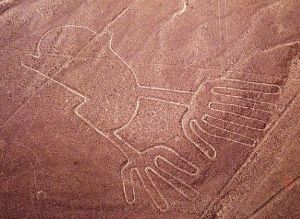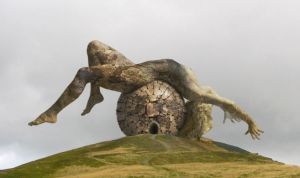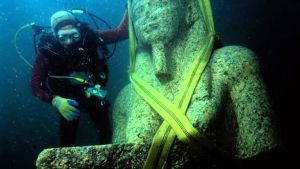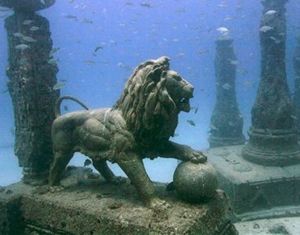When a human embryo begins to split but the process stops before completion, two genetically identical babies might be born with parts of their bodies fused together -- conjoined twins. This occurs only very rarely, and 75 percent of conjoined twins are either stillborn or die within a day of birth. Among snakes, the same process typically manifests itself not as two conjoined bodies, but as two heads sharing a single body. And when those heads don't see eye-to-eye on matters of mutual interest, they sometimes fight each other to the death.
In a paper published in the "Bulletin of the Maryland Herpetological Society" in June 2007, Harvard herpetologist Van Wallach analysed 950 reported cases of snakes with two heads, a condition known as axial bifurcation or dicephalism. Throughout the ages, many variations on reptiles with two heads have been reported, Wallach wrote. In most cases, both heads have their own esophagus and trachea, and often their own heart and set of lungs, but snakes with one head and two jaws, as well as those with two heads and one jaw, have also been reported. Wallach also cites the case of a hermaphrodite two-headed snake, half male and half female, but calls this report "incredible" and unverifiable, since the specimen was lost.
Herpetologists believe that although two-headed snakes wouldn't last long in the wild, they can thrive in captivity -- if they don't kill each other first. In September 2012, two South Carolina kids hit the show-and-tell jackpot by finding a small snake with one head at either end of its body, each with two eyes, a mouth and a tongue. Their mother observed that the two heads couldn't seem to agree on what the body should do. The late Thelma and Louise, a two-headed corn snake about 3 1/2 feet long, was a perennial favorite at the San Diego Zoo, her -- or their -- 15 single-headed offspring furnishing persuasive evidence that in snakes, dicephalism is an accidental condition rather than a genetic mutation.
University of Tennessee herpetologist Gordon Burghardt says that the amount of time two-headed snakes spend fighting over which head gets to swallow the prey would make them highly vulnerable to predators in the wild. Even in captivity, where both heads are well fed, they're often at each other's throats. According to Van Wallach, some heads learn how to get along with each other, some manage to cooperate partially, others never figure out that what goes into their stomach nourishes them both. When one head attacks and kills the other and subsequently dies as a result, Wallach classifies it as a homicide-suicide and has documented many cases.
According to Wallach, the first reliable written report of a two-headed snake was documented in 350 B.C. by Aristotle, an ancient Greek better known for his writings on philosophy. Many famous people have owned dicephalic snakes, among them King Louis XVI of France, a Japanese emperor, Ben Franklin, Thomas Edison, Thomas Jefferson and talk-show host Ellen De Generes. The "Handbook of Inca Mythology" tells us that the two-headed rainbow-hued serpent god Amaru Tupa played an important role in Inca belief. In homage to Amaru, rulers used to confine large anacondas and boa constrictors together with prisoners of war and criminals. Three days later, if any man was still alive, he was free to go.
Story continues below !













